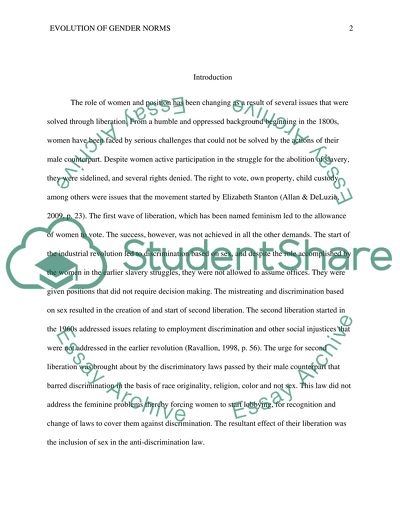Cite this document
(“Evolution of Gender Norms Essay Example | Topics and Well Written Essays - 1500 words”, n.d.)
Evolution of Gender Norms Essay Example | Topics and Well Written Essays - 1500 words. Retrieved from https://studentshare.org/history/1492190-evolution-of-gender-norms
Evolution of Gender Norms Essay Example | Topics and Well Written Essays - 1500 words. Retrieved from https://studentshare.org/history/1492190-evolution-of-gender-norms
(Evolution of Gender Norms Essay Example | Topics and Well Written Essays - 1500 Words)
Evolution of Gender Norms Essay Example | Topics and Well Written Essays - 1500 Words. https://studentshare.org/history/1492190-evolution-of-gender-norms.
Evolution of Gender Norms Essay Example | Topics and Well Written Essays - 1500 Words. https://studentshare.org/history/1492190-evolution-of-gender-norms.
“Evolution of Gender Norms Essay Example | Topics and Well Written Essays - 1500 Words”, n.d. https://studentshare.org/history/1492190-evolution-of-gender-norms.


